In today’s world, the home office has become a staple for remote work, side hustles, and even managing day-to-day tasks. Whether you’re working from home full-time or need a space for occasional work, a well-designed home office can enhance your productivity, creativity, and well-being. But more than just a desk and a chair, it’s essential to build an office environment that is functional, comfortable, and tailored to your personal style.
This guide will explore innovative home office renovation ideas, perfect for those working with small spaces, those looking for modern aesthetics, budget-conscious renovators, and those interested in sustainability. Let’s dive into some creative ideas that will transform your workspace into a place you’ll love to spend time in.
Small Home Office Design Ideas

Designing a small home office might feel limiting, but it can push you to be more creative. With some thoughtful planning and space-saving hacks, you can turn even the tiniest nook into a productive haven when home office renovation ideas come to your mind. Let’s break down practical strategies for maximizing every inch of your small home office.
1. Choose Compact Furniture For Home Office Renovation Ideas
The first rule of small space design is to avoid oversized furniture that can overwhelm the room. Instead, focus on streamlined, multifunctional pieces can be great home office renovation ideas.
- Wall-mounted desks: A foldable, wall-mounted desk is an home office renovation ideas that ideal solution for tight spaces. When not in use, it can be folded up flat against the wall, giving you more room to move around. Look for designs that offer built-in shelves or cubbies, providing both a workspace and storage solution in one.
- Floating shelves: Regular bookcases can eat up valuable floor space, but floating shelves are a sleek alternative. Install a series of floating shelves above your desk to store books, files, and office supplies without crowding the floor. You can even stagger them for visual interest as your home office renovation ideas.
- Multi-purpose furniture: Choose pieces that serve dual purposes. For example, a desk with built-in drawers eliminates the need for a separate filing cabinet. An ottoman with storage inside can be one of the home office renovation ideas that also has function as a seat and extra space to hide away clutter.
2. Home Office Renovation Ideas By Maximize Vertical Space
When square footage is at a premium, the walls become your best friend for home office renovation ideas. Utilizing vertical space can keep your office organized without taking up extra floor space.
- Vertical storage units: Tall, narrow shelving units can store everything from books to office supplies. Look for slim cabinets or tall bookshelves that stretch towards the ceiling, maximizing storage without eating into your floor area.
- Pegboards: A pegboard is a fantastic way to organize tools, supplies, and even decorations without using desk space. You can add hooks, baskets, or shelves to the pegboard for a highly customizable and flexible organization system.
- Hanging organizers: From file holders to organizers that can store your office supplies, hanging them on the walls or the back of a door ensures that your desk surface stays clean and clear. You can find hanging organizers for almost anything—documents, cords, or even plants.
3. Home Office Renovation Ideas by Embrace Minimalism
The key to a successful small home office renovation ideas is simplicity. Minimalism helps keep the space clutter-free, which in turn, creates a more efficient and visually appealing workspace.
- Declutter regularly: A small space can feel cluttered quickly if you’re not careful. Keep only what you need on your desk, such as your computer, a notebook, and a pen. Everything else should be stored away or discarded. Adopt the mantra, “less is more.”
- Neutral color schemes: Light colors like whites, grays, and soft pastels make a small space feel bigger by reflecting more light. Bold, dark colors can make the room feel enclosed, while neutral tones create an open, airy feel that can improve your focus.
- Simple decor: Resist the urge to over-decorate. Instead, focus on a few impactful pieces, like one framed piece of art or a stylish desk lamp, rather than covering every surface with trinkets or pictures. This home office renovation ideas keeps the space looking clean and calm.
4. Home Office Renovation Ideas With Integrate Your Office into Other Spaces
Not everyone has a spare room to dedicate entirely to an office. If you’re short on space, your home office renovation ideas can started by blend seamlessly into another part of your home with a bit of creative thinking.
- Living room office: If your office shares space with the living room, choose furniture that blends into the existing decor. A small, stylish desk in the corner paired with a comfortable chair that doesn’t scream “office” can work wonders. Add some decorative baskets or shelving units to keep things organized without cluttering the room as one of great home office renovation ideas.
- Closet office (cloffice): A closet can be transformed into a compact office with a few shelves and a small desk. You can even install a sliding or bifold door to hide the office away when it’s not in use, making this the perfect solution for home office renovation ideas and help you keeping work out of sight during downtime.
Best Lighting for a Home Office
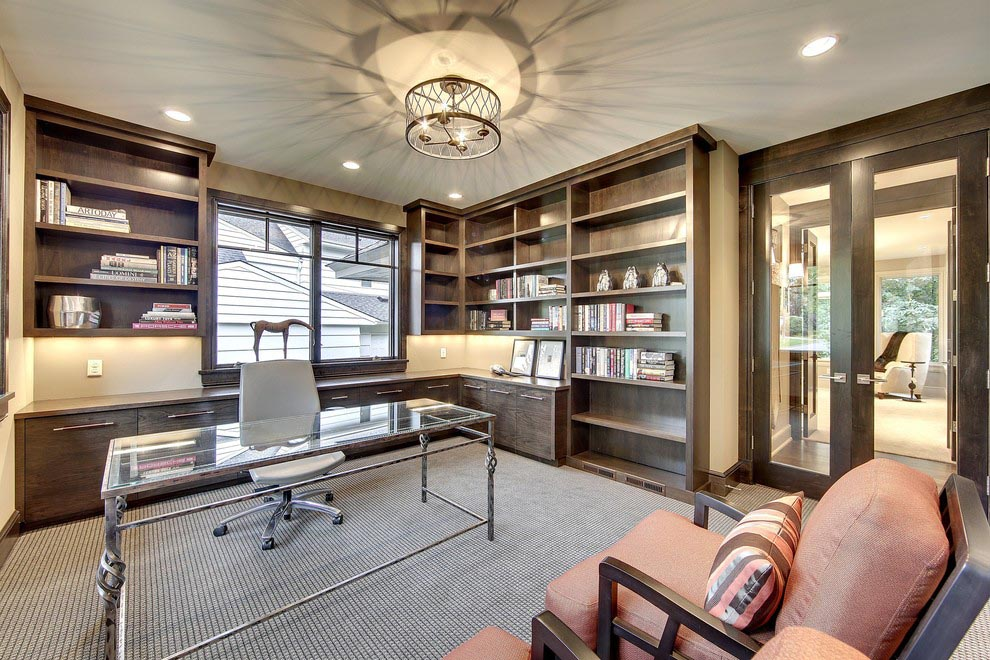
Good lighting is crucial in any home office. Poor lighting can lead to eye strain, fatigue, and decreased productivity. A well-lit office, on the other hand, promotes focus and energy while keeping you comfortable. Here’s how to get the lighting right for your workspace as one of home office renovation ideas:
1. Use Natural Light Whenever Possible
Natural light is the most comfortable and flattering type of light. If you have access to natural light, make the most of it—it can elevate both your mood and productivity.
- Position your desk near windows: Placing your desk near a window allows you to work with natural light, which is easier on the eyes than artificial lighting. It’s also proven to help reduce stress and boost energy levels. Try positioning your desk perpendicular to the window to avoid glare directly on your screen.
- Use light-filtering curtains: Direct sunlight can sometimes be too harsh, causing glare on your computer screen or making the room too bright. Light-filtering curtains or blinds allow you to control the amount of sunlight that enters the room while still keeping things bright and airy.
2. Layer Your Lighting
A well-designed office should have multiple light sources to ensure proper illumination throughout the space. Layering different types of lighting can create a more dynamic and comfortable environment.
- Ambient lighting: This is the general, overhead lighting that illuminates the entire room. Ceiling lights, recessed lights, or track lighting can serve this purpose. Choose warm-toned LED bulbs that mimic natural light and avoid harsh, bright white lights that can feel clinical.
- Task lighting: Task lighting focuses on specific areas where you need extra illumination. A desk lamp is essential for close-up tasks like reading, writing, or working on detailed projects. Look for adjustable lamps so you can direct the light exactly where you need it.
- Accent lighting: Accent lights add warmth and personality to your office. A floor lamp in the corner, wall sconces, or even a string of fairy lights can make the room feel cozy and inviting, while still providing functional lighting.
3. Avoid Glare and Shadows
Poorly placed lights can create annoying glare or harsh shadows, which can strain your eyes and make it harder to concentrate.
- Adjust the position of lights: Ensure that overhead lights or desk lamps aren’t directly in your line of sight or reflecting off your computer screen. You want light to illuminate your workspace, not cause reflections or bright spots on your monitor.
- Diffuse the light: Harsh, direct lighting can be softened with lampshades, diffusers, or frosted bulbs. These help spread the light more evenly across the room, reducing sharp shadows and creating a more comfortable environment.
4. Consider Adjustable Lighting
Lighting needs can vary depending on the time of day, the type of work you’re doing, and your personal preferences. Having adjustable lighting options can be a game-changer for your productivity and comfort.
- Dimmable lights: Dimmable ceiling lights or lamps give you control over the brightness in your room. You can adjust them throughout the day to match the natural light or create a more relaxed atmosphere in the evening.
- Color temperature: Different color temperatures can impact how you feel in a space. Cooler light (4000K-5000K) mimics daylight and is ideal for concentration and focus. Warmer light (2700K-3000K) is more relaxing and can be used for ambient lighting later in the day when you’re winding down.
Modern Home Office Renovation Ideas

Modern design is all about clean lines, functional spaces, and sleek aesthetics. Whether you’re starting from scratch or upgrading an existing office, incorporating modern elements can create a stylish, efficient workspace that feels up-to-date. Here are some ideas to bring your home office into the modern age:
1. Clean Lines and Minimalist Design
A modern home office is characterized by simplicity and elegance, with furniture and decor that emphasize clean lines and minimal embellishments.
- Sleek furniture: Look for desks and chairs that have simple, linear designs. Avoid ornate or bulky pieces that can feel outdated or heavy. Glass desks, metal frames, or sleek wooden surfaces are hallmarks of modern office furniture.
- Open space: Clutter is the enemy of modern design. To maintain a streamlined look, choose furniture with built-in storage to keep your workspace organized. Open shelving with neatly arranged items can also work, but avoid overcrowding it with too many objects.
- Neutral color palettes: Modern offices often feature neutral color schemes, such as white, gray, black, or beige. These colors create a calm, sophisticated environment and provide a blank canvas for pops of color in the form of artwork, accessories, or plants. Opt for a monochromatic color scheme with subtle variations in tones for a cohesive, modern look.
2. Incorporate Smart Technology
A key element of a modern home office is the integration of smart technology, which can improve both functionality and convenience. By incorporating the latest tech, you can streamline your workflow and enhance the overall efficiency of your space.
- Wireless chargers and cable management: A clutter-free workspace is a hallmark of modern design, and tangled cords are one of the biggest culprits of visual clutter. Invest in wireless charging stations for your phone and other devices. For items that require cords, use cord covers, clips, or cable trays to keep everything organized and out of sight.
- Smart lighting: Smart lighting systems like Philips Hue allow you to control your lights with your smartphone, voice commands, or even schedule them to turn on and off at specific times. You can also adjust the brightness and color temperature to suit different tasks or times of day, enhancing both the aesthetic and functionality of your office.
- Voice-activated assistants: A voice-activated assistant like Amazon Alexa or Google Assistant can help you manage your to-do list, set reminders, or even control your office environment (lights, thermostat, etc.) with just your voice, adding a level of convenience and modernity to your workspace.
3. Modern Art and Statement Pieces
In a modern office, décor is kept simple but impactful. Instead of filling the room with numerous decorative items, focus on a few statement pieces that elevate the look of the space.
- Bold artwork: A single large piece of modern art on the wall can become the focal point of your office. Choose artwork with bold colors or geometric shapes to create a striking contrast against your neutral walls.
- Sculptural furniture: Consider incorporating a statement chair or a sleek, modern desk lamp with an interesting shape. These pieces not only serve a functional purpose but also add an artistic, modern flair to your office.
- Metallic accents: Modern design often includes metallic elements like chrome, brass, or matte black finishes. Incorporate these through desk accessories, light fixtures, or even picture frames for a subtle yet sophisticated touch.
4. Focus on Ergonomics and Comfort
Modern office design isn’t just about aesthetics—it’s also about comfort and health. A well-designed workspace takes ergonomics into account to prevent strain and promote good posture, especially if you’re spending long hours at your desk.
- Ergonomic chairs: An ergonomic office chair is a must for any modern workspace. Look for a chair that supports your back, promotes good posture, and is adjustable in terms of height and tilt. Mesh chairs are a popular modern option, offering both support and breathability.
- Standing desks: Standing desks or adjustable sit-stand desks are becoming increasingly popular in modern offices. These desks allow you to alternate between sitting and standing throughout the day, reducing the strain on your back and improving circulation.
- Monitor stands: Your computer screen should be at eye level to prevent neck strain. If your monitor is too low, consider using a monitor stand or an adjustable arm to raise it to the proper height.
Home Office Renovation on a Budget

Renovating your home office doesn’t have to cost a fortune. With a bit of creativity and strategic planning, you can create a beautiful, functional workspace without breaking the bank. Here are some tips to help you transform your office on a tight budget:
1. DIY Projects for a Personal Touch
One of the best ways to save money on a home office renovation is to take on some DIY projects. Not only will this cut costs, but it also gives you the chance to customize your office exactly how you want it.
- Paint the walls yourself: A fresh coat of paint can completely change the feel of a room. Opt for light, neutral colors to brighten up the space, and do the painting yourself to save on labor costs. You can also experiment with an accent wall for added interest without the expense of wallpaper or decorative panels.
- Build your own desk: If you’re handy with tools, consider building a simple desk using wood planks and trestles or repurposed materials. You can find many tutorials online for building minimalist, stylish desks with affordable supplies.
- Create your own artwork: Instead of buying expensive art, make your own! Frame your favorite quotes, create abstract paintings, or even print out digital art you love and frame it yourself. This allows you to add a personal touch without spending much money.
2. Shop Secondhand or Repurpose Furniture
One of the easiest ways to save money is by using what you already have or finding secondhand furniture that you can upcycle.
- Thrift stores and online marketplaces: Check out thrift stores, garage sales, or online marketplaces like Facebook Marketplace or Craigslist for secondhand desks, chairs, and shelving units. With a little bit of sanding, painting, or new hardware, you can give old furniture a new life at a fraction of the cost of buying new.
- Repurpose furniture: Don’t feel restricted to traditional office furniture—sometimes repurposing a piece of furniture from another room can work just as well. An old dining table can become a spacious desk, or a bookshelf from the living room can store your office supplies. Get creative and think about how you can adapt existing furniture for your needs.
3. Use Budget-Friendly Materials
You don’t need to splurge on expensive materials to achieve a stylish look. There are plenty of affordable options that still deliver on both durability and design.
- Laminate or vinyl flooring: Laminate and vinyl flooring can mimic the look of hardwood or tile at a fraction of the price. These materials are easy to install yourself, saving you even more money on labor costs, and they’re highly durable, making them a great choice for high-traffic areas like home offices.
- Peel-and-stick wallpaper: Peel-and-stick wallpaper is a budget-friendly alternative to traditional wallpaper. It’s easy to install, comes in a variety of patterns and colors, and is easily removable if you ever want to change things up, making it ideal for renters or those who like to frequently refresh their space.
- Affordable fabrics: Instead of purchasing expensive custom curtains or throw pillows, buy fabric remnants or use old curtains, bed sheets, or blankets to sew your own. This not only saves money but also allows you to choose colors and patterns that perfectly suit your style.
4. Rearrange and Repurpose What You Already Have
Sometimes, the best way to renovate on a budget is to use what you already have. Simply rearranging your furniture or repurposing items from other parts of your home can make a huge difference.
- Rearrange your existing layout: Moving your desk, chair, and storage to a new configuration can give your office a completely different feel. Try different layouts to see which one maximizes space and natural light, and don’t be afraid to get creative with where you place furniture.
- Repurpose household items for office organization: Instead of spending money on new organizers, look around your house for items that can be repurposed. Mason jars, trays, or baskets can serve as desk organizers for pens, papers, and office supplies, while a kitchen spice rack could be used to store smaller office items.
- Use furniture from other rooms: If you have an extra side table, chair, or bookshelf that’s not being used, consider moving it into your office. A nightstand can serve as a filing cabinet, and an old dining chair can be used temporarily until you’re able to invest in a more ergonomic option.
5. Add Personal Touches with Low-Cost Decor
You don’t need to spend a lot of money to make your office feel personal and inviting. A few low-cost decor items can go a long way in making the space your own.
- Family photos and DIY frames: Printing and framing family photos is an inexpensive way to add a personal touch to your office. To save even more, create DIY picture frames using materials like cardboard, old wood, or even painted clips to display your favorite pictures or motivational quotes.
- Plants for life and color: Houseplants are an affordable way to breathe life into your office space. You don’t have to buy expensive plants—look for easy-to-care-for varieties like succulents or snake plants, which can often be found at affordable prices. You can also propagate plants from cuttings, so you don’t have to buy new ones.
- Thrifted or DIY wall art: If you want to decorate your walls, look for art at thrift stores or make your own. You can buy cheap frames and paint the frames in colors that match your office decor. Another option is to print out digital artwork and frame it yourself for a cost-effective way to adorn your walls.
Eco-Friendly Home Office Renovation
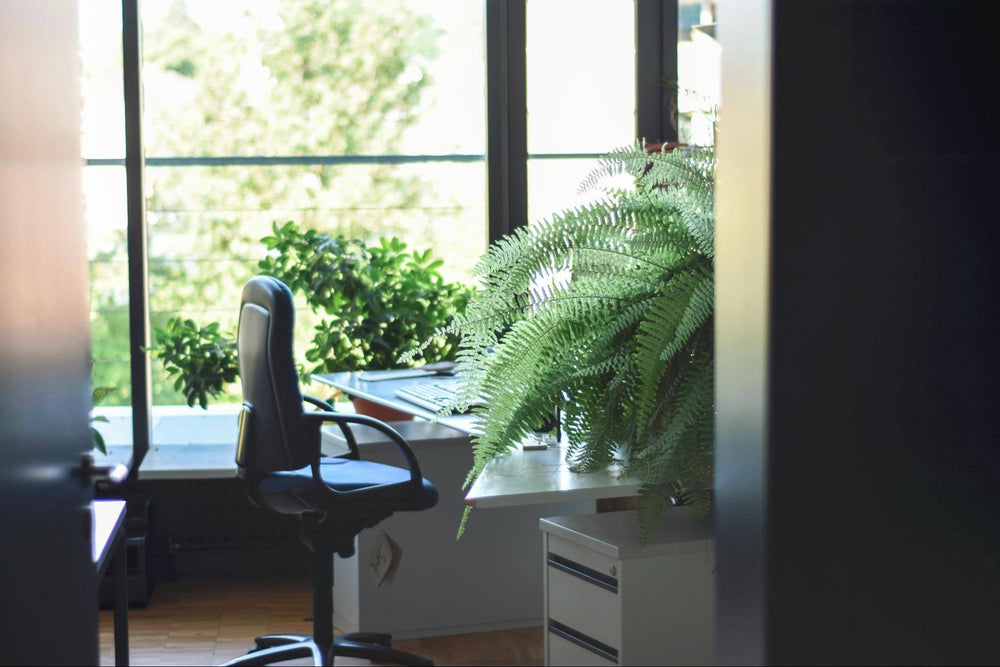
As more people become environmentally conscious, incorporating eco-friendly elements into a home office renovation is an excellent way to reduce your carbon footprint while creating a healthy, productive workspace. By choosing sustainable materials and energy-efficient solutions, you can design a green office that benefits both the planet and your well-being.
1. Use Sustainable Materials
Sustainable materials are often more durable, stylish, and environmentally friendly than their traditional counterparts.
- Reclaimed wood: Opt for furniture made from reclaimed or salvaged wood, which reduces the demand for new lumber and helps preserve forests. Reclaimed wood has a unique, weathered character that adds warmth and personality to any home office.
- Bamboo: Bamboo is a fast-growing, renewable resource that makes an excellent alternative to traditional wood. It’s often used for furniture, flooring, and even office accessories like desks and storage units. Bamboo is durable, stylish, and sustainable, making it an ideal choice for eco-conscious home office renovations.
- Recycled materials: Consider furniture, decor, or even building materials made from recycled content. This can include recycled metal for desk legs, reclaimed glass for shelves, or even carpet made from recycled plastic bottles. Many modern furniture manufacturers now offer eco-friendly products crafted from recycled materials, allowing you to create a chic office while reducing waste.
2. Opt for Energy-Efficient Lighting
Energy-efficient lighting not only helps reduce your electricity bills but also has a positive impact on the environment by conserving energy and lowering carbon emissions.
- LED bulbs: LED light bulbs use up to 75% less energy than traditional incandescent bulbs and last significantly longer. Though they may have a higher upfront cost, their durability and energy efficiency make them a smart investment in the long run. Choose LED bulbs with warm, natural tones to create a comfortable atmosphere in your office.
- Solar-powered lighting: If you have access to natural light during the day, consider incorporating solar-powered lights into your office. Solar desk lamps or outdoor solar lights near windows can harness the power of the sun, providing eco-friendly illumination without adding to your electricity bill.
- Natural light: In addition to installing energy-efficient lighting, maximize the amount of natural light in your office. Open curtains or blinds to let daylight flood the room, reducing your reliance on artificial lighting during the day. Not only is this good for the environment, but it also creates a more pleasant and uplifting workspace.
3. Invest in Energy-Efficient Appliances and Equipment
When selecting office equipment and appliances, look for energy-efficient models that meet Energy Star standards or similar certifications. These appliances use less power and are designed with sustainability in mind.
- Energy-efficient computers: When it’s time to upgrade your office equipment, choose energy-efficient laptops and desktops. Laptops generally consume less power than desktop computers, so if you have the option, switching to a laptop can further reduce energy consumption.
- Eco-friendly printers: If you use a printer in your home office, opt for an energy-efficient model that also features duplex printing (printing on both sides of the paper) to minimize paper waste. Additionally, some printers are designed to use recycled ink cartridges, reducing waste even further.
- Power strips with switches: Many electronic devices continue to consume energy even when they’re turned off. Plugging your office equipment into a power strip with an on/off switch allows you to easily cut off power to multiple devices at once, reducing phantom energy consumption.
4. Go Paperless and Digitize Documents
Going paperless not only saves trees but also helps keep your home office clutter-free. With advancements in digital technology, it’s easier than ever to manage files and documents electronically.
- Cloud storage: Services like Google Drive, Dropbox, or OneDrive allow you to store files digitally, eliminating the need for physical storage space. Storing documents in the cloud also makes it easier to access them from multiple devices, improving efficiency and reducing the amount of paper you use.
- Digital note-taking: Instead of using paper notebooks or sticky notes, consider using digital note-taking apps like Evernote, Microsoft OneNote, or Notion. These apps allow you to organize your thoughts, to-do lists, and ideas electronically, making it easier to search for and retrieve information later.
- Electronic invoicing and billing: If you run a business from your home office, switch to electronic invoicing and billing to reduce paper usage. Many accounting software options, such as QuickBooks or FreshBooks, allow you to send and receive invoices digitally, eliminating the need for printing, envelopes, and postage.
5. Incorporate Eco-Friendly Decor
Choosing environmentally friendly decor is a simple yet effective way to create a sustainable home office. From plants to textiles, there are numerous ways to make your workspace greener.
- Indoor plants: Adding plants to your office not only improves indoor air quality but also creates a soothing, natural atmosphere. Certain plants, like spider plants, peace lilies, and snake plants, are particularly effective at filtering toxins from the air. Plus, they add a touch of green that can boost your mood and productivity.
- Sustainable textiles: If you’re looking to add rugs, curtains, or cushions to your office, opt for eco-friendly fabrics made from organic cotton, hemp, or recycled materials. These materials are produced with fewer chemicals and less water than conventional textiles, making them a more sustainable choice for your office.
- Non-toxic paint: When painting your office, choose low-VOC (volatile organic compound) or zero-VOC paint. Traditional paints can release harmful chemicals into the air as they dry, but low-VOC paints reduce indoor air pollution and contribute to a healthier work environment.
Eco-Friendly Office Practices
In addition to your renovation efforts, consider implementing day-to-day eco-friendly practices to maintain a green home office. These small actions can add up over time, contributing to a more sustainable lifestyle.
1. Reduce Energy Consumption
Be mindful of how much energy your office consumes and take steps to reduce it.
- Turn off devices when not in use: Make it a habit to turn off your computer, printer, and other electronics when you’re finished working for the day. This simple step can save a significant amount of energy over time.
- Unplug chargers: Chargers for laptops, phones, and other devices can continue to draw power even when they’re not actively charging something. Unplug them when they’re not in use to conserve energy.
- Use power-saving settings: Most computers and electronic devices have power-saving modes that reduce energy consumption when they’re idle. Set your computer to go to sleep after a short period of inactivity, and dim the screen when possible to conserve power.
2. Recycle Office Supplies
Instead of tossing old office supplies in the trash, recycle or repurpose them.
- Recycle paper and packaging: Set up a recycling bin in your office for paper, cardboard, and packaging materials. You can also recycle old electronics, ink cartridges, and batteries at designated recycling centers.
- Reuse supplies: Before purchasing new office supplies, check to see if you have items that can be reused. Old binders, folders, and pens can often be repurposed, saving both money and resources.
3. Choose Green Office Supplies
When purchasing office supplies, opt for sustainable options whenever possible.
- Recycled paper: If you still need to use paper in your office, choose recycled paper products. Recycled paper uses less water, energy, and raw materials in its production compared to virgin paper, and it often comes in a range of sizes and styles.
- Eco-friendly pens and pencils: Look for pens made from recycled plastic or refillable options that reduce plastic waste. For pencils, choose those made from sustainably harvested wood or recycled materials.
Conclusion
Renovating your home office doesn’t have to be overwhelming or expensive. Whether you’re working with a small space, a tight budget, or a desire to go green, there are plenty of creative and functional ways to improve your workspace. From smart storage solutions and energy-efficient lighting to eco-friendly materials and decor, these home office renovation ideas can help you create a stylish, productive, and sustainable environment.
By focusing on the elements that matter most—comfort, functionality, and sustainability—you can transform your home office into a space that not only meets your needs but also reflects your personal style and values. After all, a well-designed home office is an investment in both your work and your well-being. So take your time, plan thoughtfully, and enjoy the process of creating the perfect space where you can thrive.

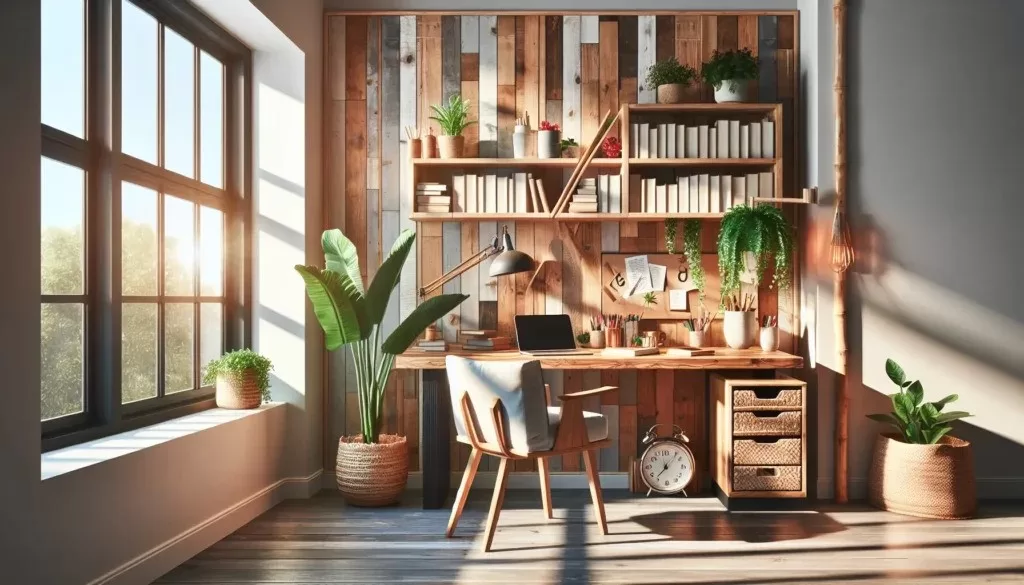

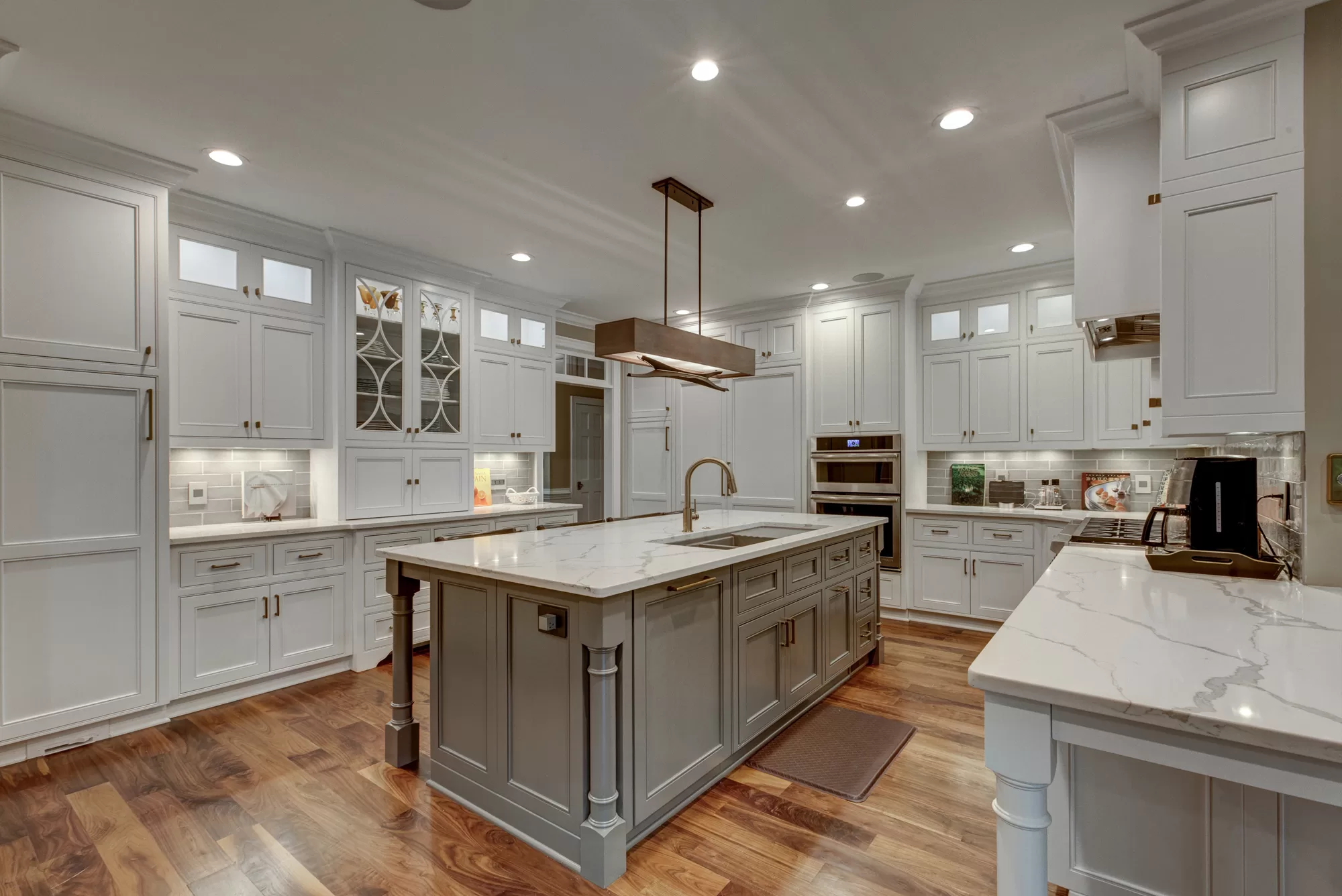
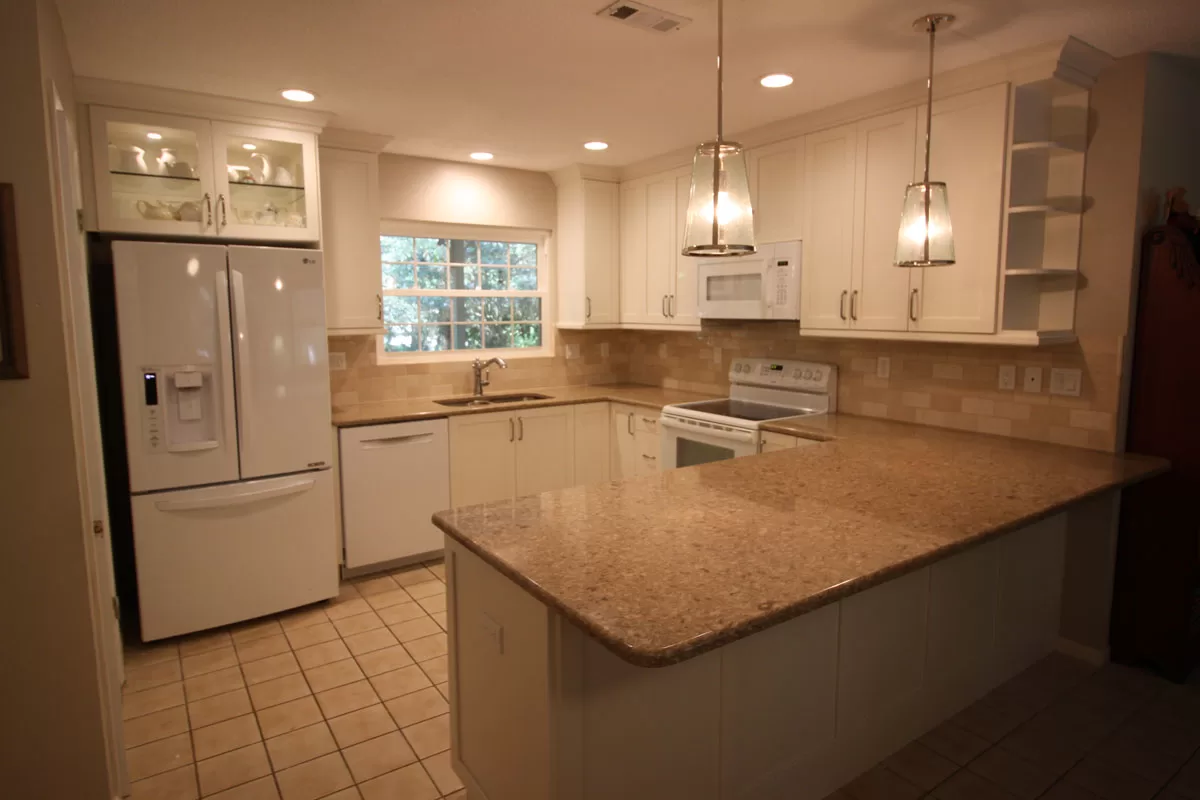
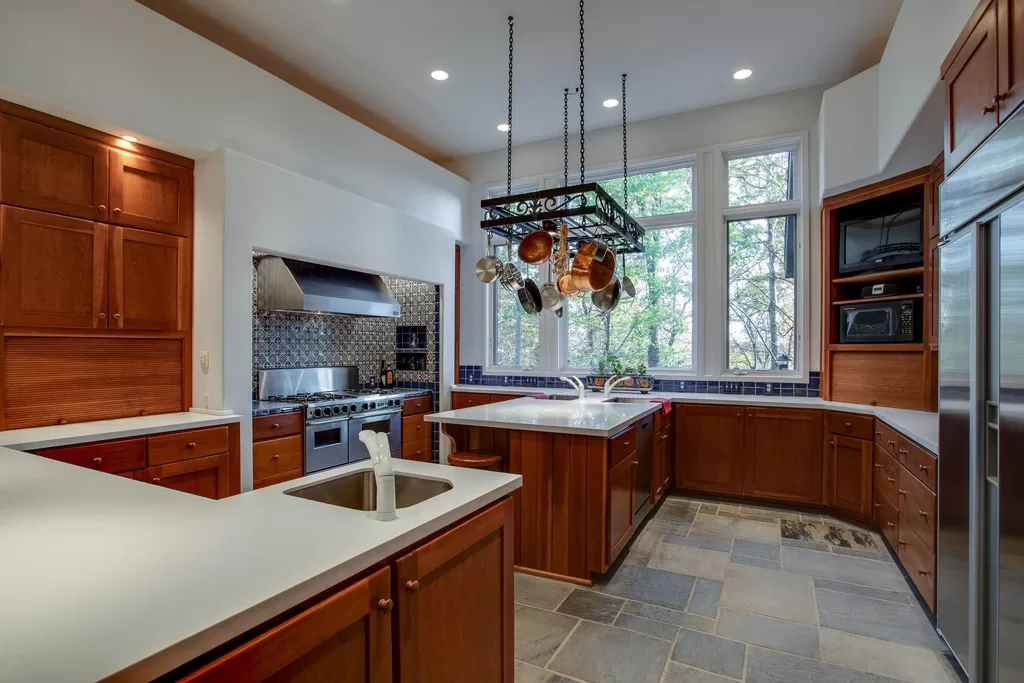
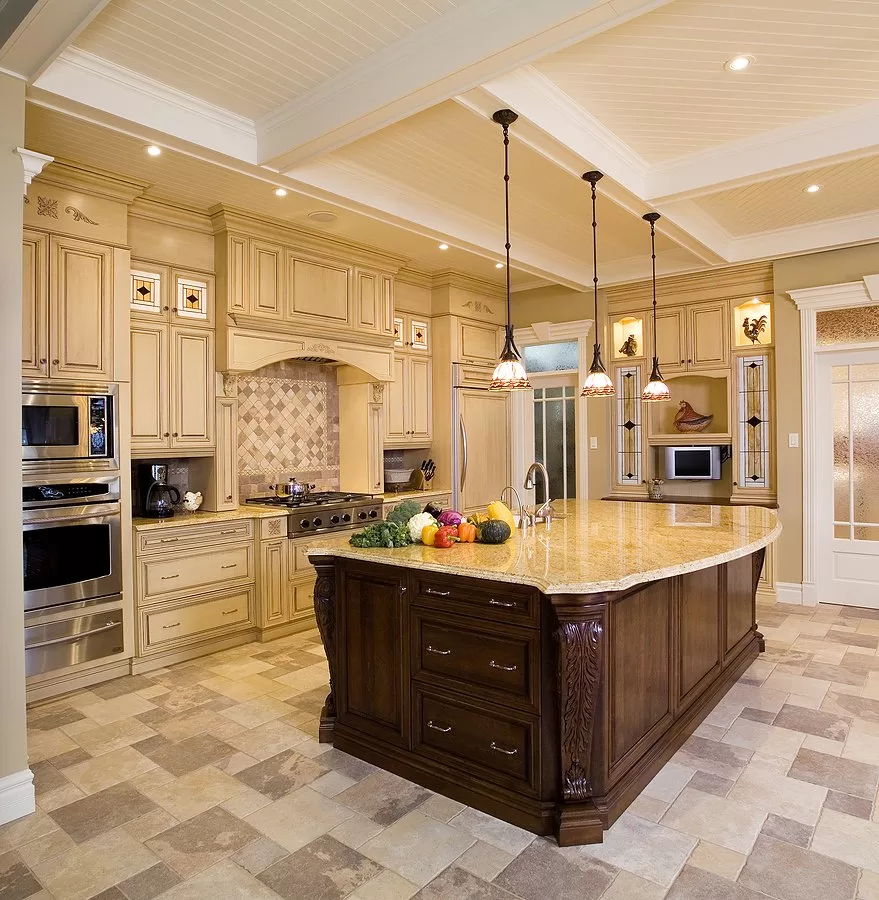
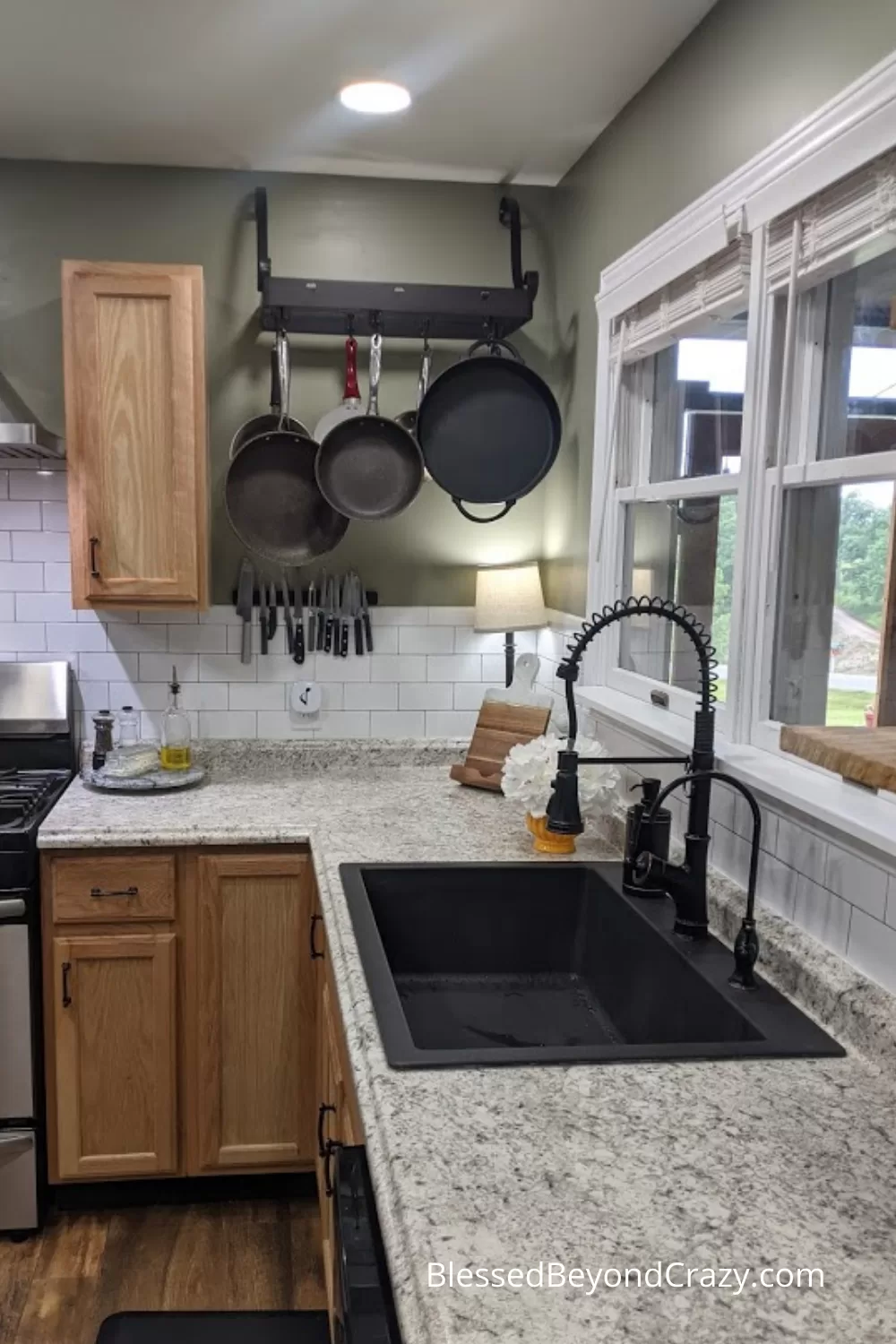
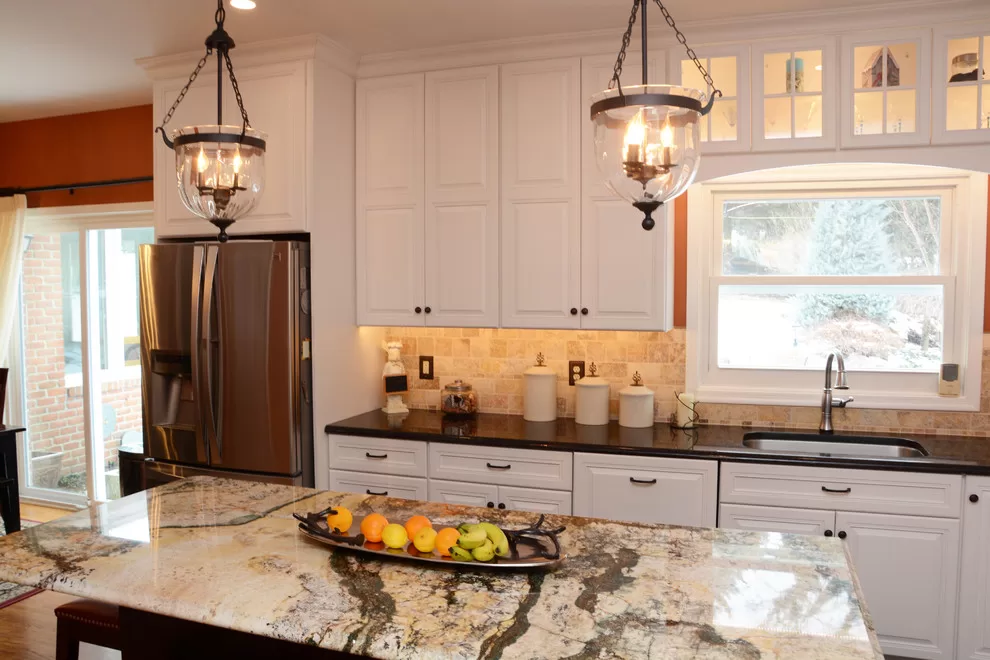
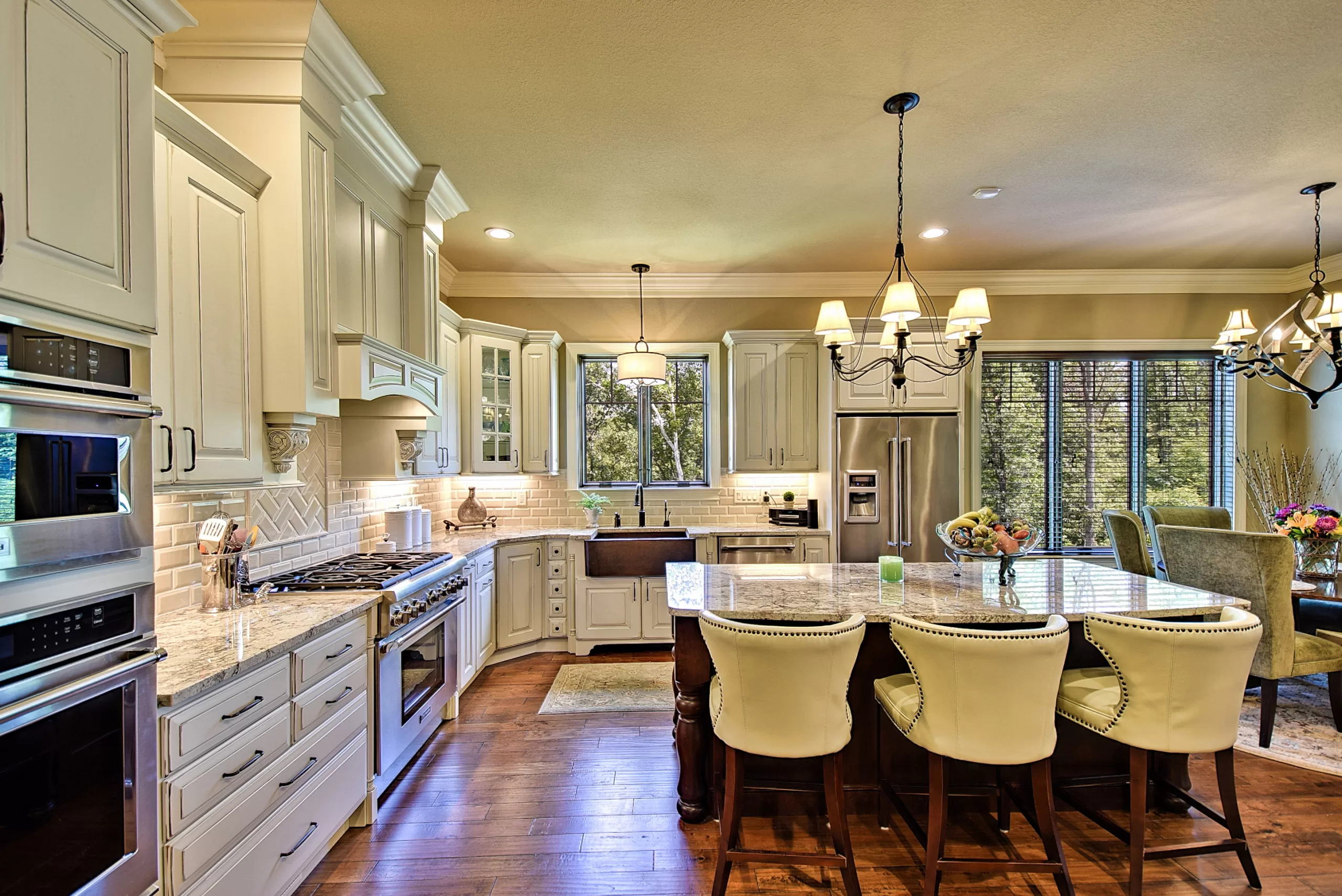

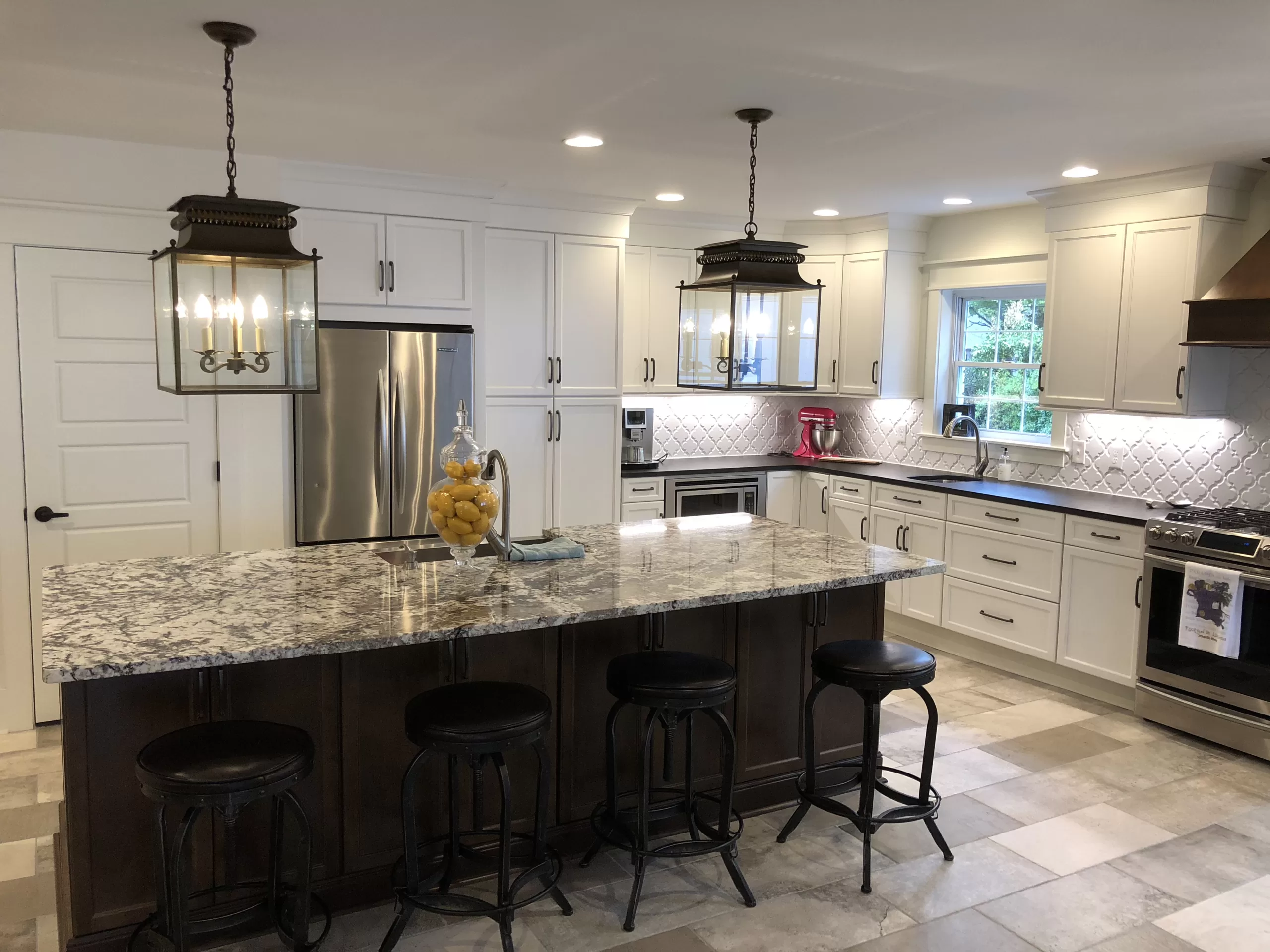
Leave a Reply